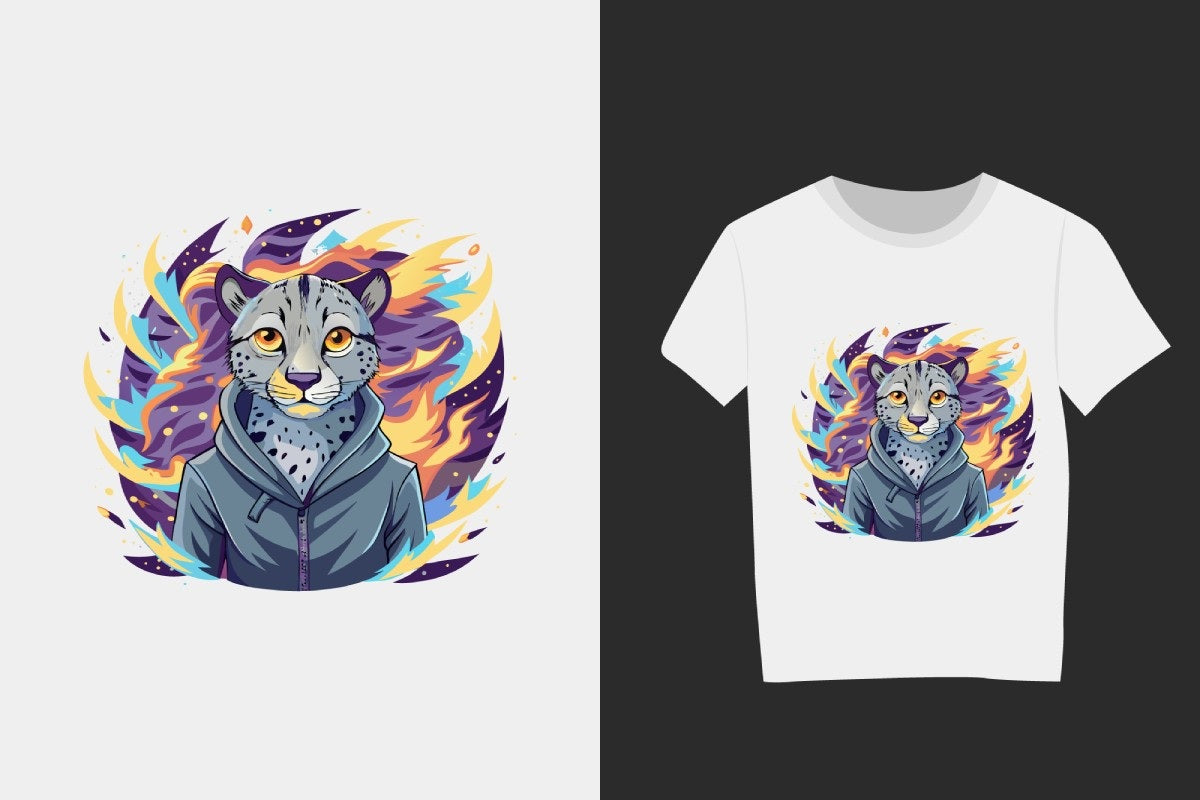
DTF Transfer Process: A Complete Guide
What is the DTF Transfer Process?
The DTF transfer process is an innovative printing technique that allows for vibrant, high-quality prints on a variety of fabrics. Unlike traditional printing methods, DTF does not require fabric pretreatment, making it more efficient for businesses and individuals. With a simple heat press application, a DTF transfer provides long-lasting, full-color designs that resist fading and cracking.
Essential Materials for DTF Transfer Printing
To successfully complete a DTF transfer, specific materials are needed. A high-quality DTF printer equipped with CMYK and white ink ensures accurate color reproduction. PET transfer film acts as the medium for printing before the design is transferred to fabric. Adhesive powder enhances the bonding process, allowing the DTF transfer to adhere firmly to garments. A heat press is required for final application, ensuring durability and wash resistance.
Step 1: Printing the Design on DTF Transfer Film
The first step in the DTF transfer process involves printing the design onto a special PET film using a dedicated DTF printer. White ink is applied as a base layer to enhance opacity, especially for dark-colored fabrics. Proper printer calibration ensures high-resolution images, producing crisp details and vibrant colors in every DTF transfer.
Step 2: Applying Adhesive Powder
After printing, a layer of adhesive powder is applied to the wet ink on the DTF transfer film. This step is crucial as it determines how well the design bonds to the fabric. The adhesive must be spread evenly across the print to ensure a strong and flexible attachment. Excess powder should be removed carefully to prevent clumping and inconsistencies in the final DTF application.
Step 3: Curing the DTF Transfer Film
The curing process involves heating the adhesive-coated film to activate the bonding properties. Using a heat press or curing oven, the film is exposed to temperatures between 100-120°C to set the adhesive. Proper curing ensures that the DTF transfer maintains its flexibility and durability, preventing issues such as peeling or cracking after application.
Step 4: Preparing the Fabric for DTF Transfer
Before applying the DTF transfer, it is essential to prepare the fabric. The material should be clean, dry, and free from lint or wrinkles. A quick pre-press using the heat press removes moisture and flattens the surface, allowing for better adhesion. Ensuring the fabric is properly prepared prevents transfer defects and enhances the final print quality of the DTF design.
Step 5: Heat Pressing the DTF Transfer
To transfer the design from the PET film to the fabric, the heat press should be set between 160-180°C with medium to firm pressure. The standard pressing time is 15-20 seconds, depending on fabric type and film specifications. Even pressure distribution ensures that the DTF transfer adheres seamlessly, resulting in a smooth and professional print.
Step 6: Peeling the DTF Transfer Film
After heat pressing, the PET film must be peeled away to reveal the final design. Depending on the type of film used, peeling can be done while hot or after cooling. Cold peel films require the print to cool completely before removal, ensuring a sharp and smooth finish. Hot peel films allow for immediate removal, which speeds up production but requires careful handling to avoid damage to the DTF print.
Step 7: Post-Press for Enhanced Durability
A second heat press application is recommended to strengthen the bond between the DTF transfer and the fabric. Placing a Teflon sheet or parchment paper over the print and pressing for an additional 5-10 seconds improves ink absorption and prevents long-term peeling. This step enhances the durability of the DTF print, making it more resistant to washing and stretching.
Conclusion
The DTF transfer process offers an efficient and high-quality printing solution for custom apparel. By following the correct steps—printing, powder application, curing, heat pressing, and peeling—you can achieve vibrant, durable, and long-lasting designs. Whether for personal projects or business production, DTF printing provides an excellent alternative to traditional fabric printing methods. With the right materials and techniques, every DTF transfer can deliver professional-grade results.
FAQ
- What is the best temperature for a DTF transfer?
- The recommended heat press temperature for a DTF transfer is between 160-180°C for optimal adhesion.
- Can I use DTF transfer on any fabric?
- Yes, DTF prints work on cotton, polyester, blends, denim, and even leather.
- How do I prevent DTF prints from cracking?
- Proper heat pressing, even pressure, and a post-press heat application help prevent cracks in a DTF transfer.
- Do I need to pre-treat fabric for DTF transfer?
- No, DTF transfer does not require pretreatment, making it easier than direct-to-garment (DTG) printing.
- What is the difference between hot peel and cold peel DTF transfer?
- Hot peel allows for immediate film removal, while cold peel requires cooling before peeling for a smoother finish in DTF prints.
- How long does a DTF transfer last?
- When applied correctly, a DTF transfer can last over 50 washes without fading or peeling.
- Can I use a regular printer for DTF transfer?
- No, a specialized DTF printer with white ink capability is required for proper printing.
- Why is my DTF transfer peeling?
- Poor heat press settings, improper curing, or incorrect adhesive powder application can cause peeling in a DTF transfer.
- Do DTF transfers require a second press?
- Yes, a post-press improves durability and ensures the ink fully bonds with the fabric in DTF printing.
- How do I store unused DTF transfer films?
- Store DTF transfer films in a dry, cool place away from humidity and direct sunlight to maintain quality.
